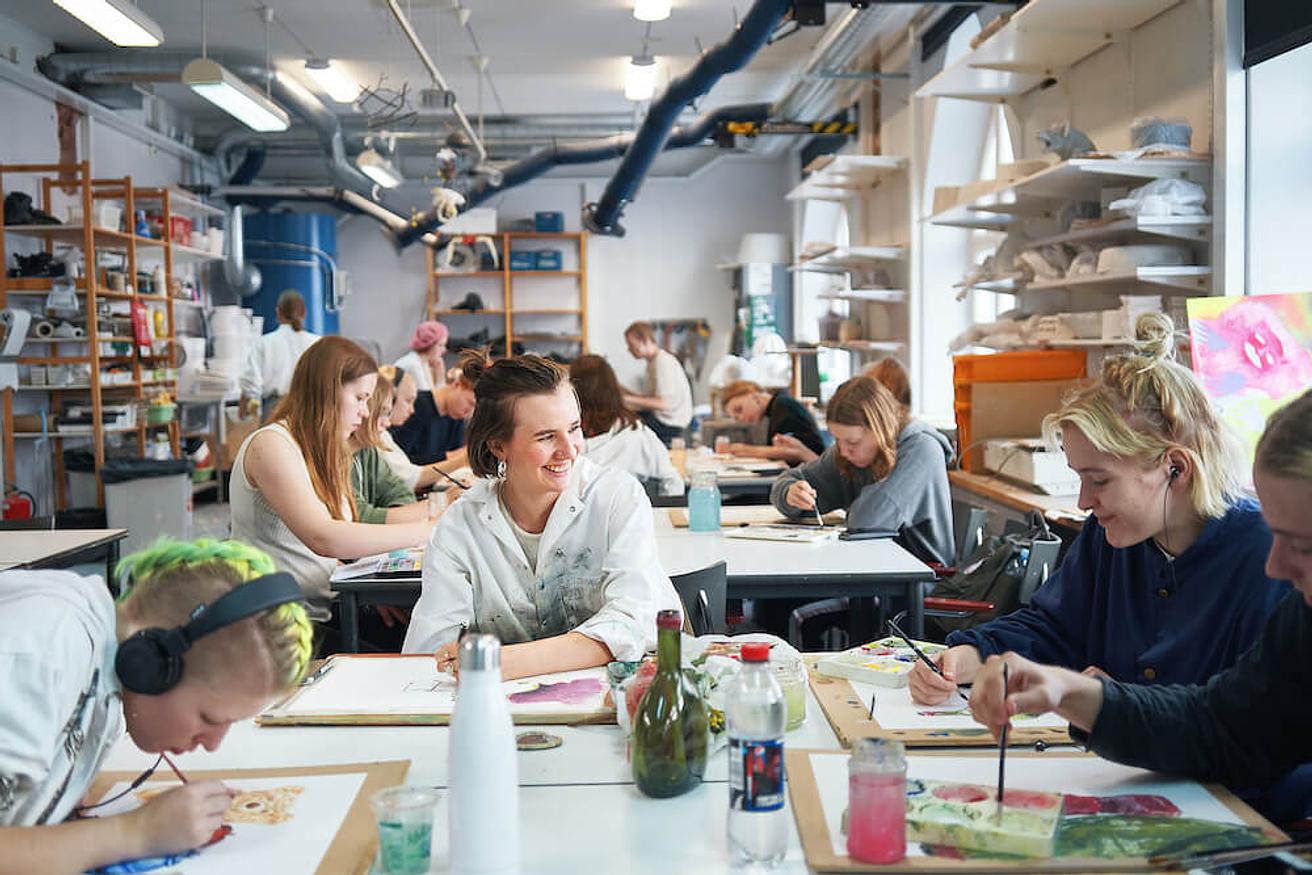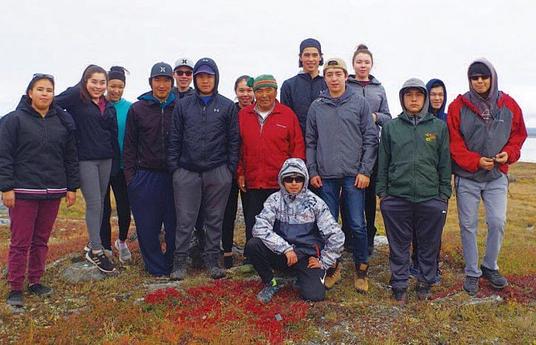Technology Is Changing Work and Life - Education Innovators Are Keeping Up
Over the past several years, we have heard more and more about how the rapid changes as a result of technological advancements in automation, deep learning, and artificial intelligence will lead to unforeseen consequences in our life and work. Many agree that these changes are going to disrupt routine work for white-collar and blue-collar workers, with experts predicting between 40-60% of all existing jobs will be become automated. In a social structure based upon a wage labour system, this has understandably created a growing sense of anxiety around what people will do for work and to survive. This is intensified and exacerbated by an increasingly polarized media environment.
A tech historian might tell you that lofty predictions of automation making human work redundant have been made before. For instance, when the Luddites protested that machines and steam engines would destroy their livelihoods. Or, when President John F. Kennedy declared the primary challenge of the 1960s was to “maintain full employment at a time when automation is replacing men.” But as we know, in the past, technology has always ended up creating more jobs than it destroyed and human ingenuity and adaptability have prevailed. Even today, as the media stokes fear of the unknown, there are exceptional innovations being developed in learning and training to transition citizens into what is being called the “future of work.” Many optimistic experts believe that new jobs will indeed be created for humans, simultaneous with automation, but people’s core competencies will need to be improved such as resilience, adaptability, critical thinking, ingenuity, entrepreneurialism -- the “future skills” required to be lifelong learners ready to move in time with the rapidly changing world. While I’ve been aware of some of the innovations in approaches to up-skilling current workers to gain these competencies or transition into new jobs, I have wondered if our educational institutions are prepared to keep up with the pace of change or what type of innovations may be needed as support.
Our education systems were designed for the industrial revolution which required employees to work within scalable and efficient institutions. Generally, this institutional approach excelled at tightly integrating tasks and eliminating inefficient buffers. Thus, the education that preceded work was often about listening to the teacher, taking good notes and playing it back when asked in a reliable fashion - ideal for what companies needed. But today, machines can do that much better than human beings can, plus they don’t take vacation time. A 2014 Gallup survey reported that 96% of Chief Academic Officers felt they were effectively preparing their students for work, yet only 11% of business leaders agreed. Schools are doing what they’re designed to do very well, but employers are asking for something different - employees who have creativity, emotional intelligence, imagination, and sociability. Talk to any child at a daycare, and they’ll show you these capacities at very high levels, so we already have it within us but our institutions need to bolster and cultivate them so we properly make the transition. Many educational institutions are indeed being innovative to transition themselves into what’s needed of them today, but how does it happen at scale?
Last week, I was in Finland because the organization I lead, Small Economy Works, was selected by HundrED as a top 100 global innovation in education, for our work in Canada’s Arctic empowering youth to gain future skills through the experiential process of starting a business or social enterprise. Our philosophy is to see learning institutions as a platform for innovation, by co-creating a framework and approach for them to support their students in social innovation, entrepreneurship and the jobs of the future. We use human-centered design to hyper localize technical content to culture and geography, and aim to up-skill teachers and instructors to become entrepreneurial facilitators. We provide the technology a school or institution may need with the ultimate goal of inspiring collaboration and empowering youth to learn essential skills through experiential learning that’s real and makes a positive impact.
In Finland, I met some incredible innovators and passionate educators who are working hard to help schools make this transition and it made me hopeful that education is changing for the better and we’ll be okay in the end, if we can scale fast enough. For example, a school in Bali called Green School has students learn outside through an environmental lens, and they started a social enterprise called BioBus which uses used cooking oil as fuel and has become the largest transportation company in Bali. The Economist Foundation is offering free resources and a framework to teach students how to identify fake news, Linda Liukas through Hello Ruby teaches teachers how to teach computers to toddlers using animated stories, Kiwix makes full libraries of content from Wikipedia and MOOCS available without an internet connection and Piet Grymonprez through MyMachine facilitates connections between university students and primary children to create machines that solve problems for the children. Vishal Talreja from Dream a Dream won innovator of the year for his work across India teaching youth about a creative life skills approach - he told me about how it’s taken 20 years but the Government of India is now institutionalizing his work across the country which has been the true goal. These are all examples of how school is becoming more dynamic and aligned with the types of skills and competencies needed for the future of work - feel free to check out the rest of the HundrED 2020 collection.
Technology is creating change, and innovative solutions are required across a spectrum of all our lives, but it starts with education. We must act now to ensure we’re on pace. To quote Paulo Coelho, “The optimist and the pessimist both die in the end, but each lives is life in a completely different way.”
This article is reposted (with permission) from Ajmal's LinkedIn. To read more about Ajmal's innovation, check our the innovation page for Inspire X by Small Economy Works.



